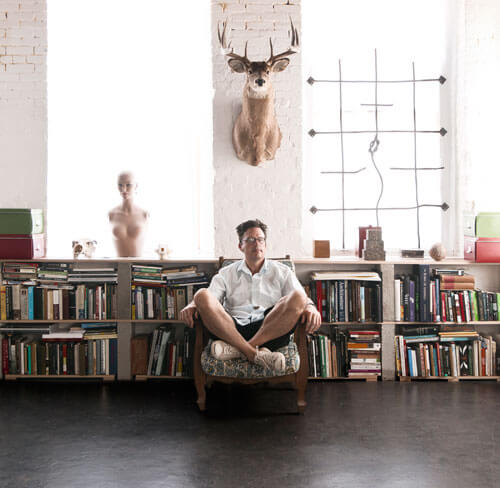Bear Kirkpatrick’s work has been exhibited at the Center for Fine Art Photography (Ft.Collins), The Rayko Center (San Francisco), wall-space Gallery (Santa Barbara and Seattle), photo-eye Gallery (Santa Fe), Flowers Gallery (New York), and the PRC Gallery (Boston). His Wallportrait series was recently awarded a solo exhibitions at the Center for Fine Art Photography by Amy Arbus who juried the Portraits 2014 exhibition. His work has been published in Eyemazing (Netherlands), The Opera (Germany), Photo+ (South Korea), and Musee (New York City).
He works with the American artist Robert Wilson as the chief installer of his video portraits in private residences, museums, and galleries around the world.
He lives and works in Portsmouth, NH.
